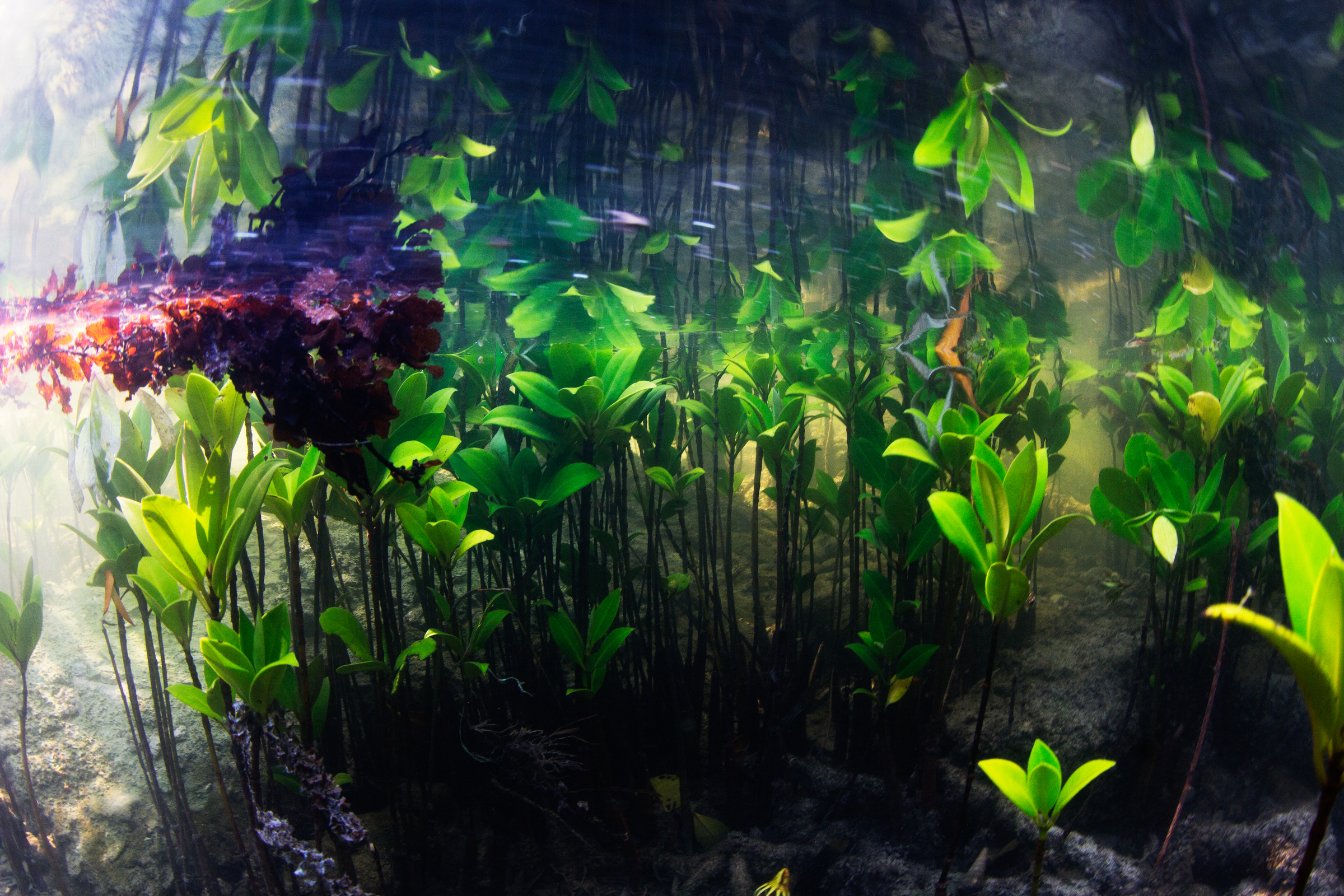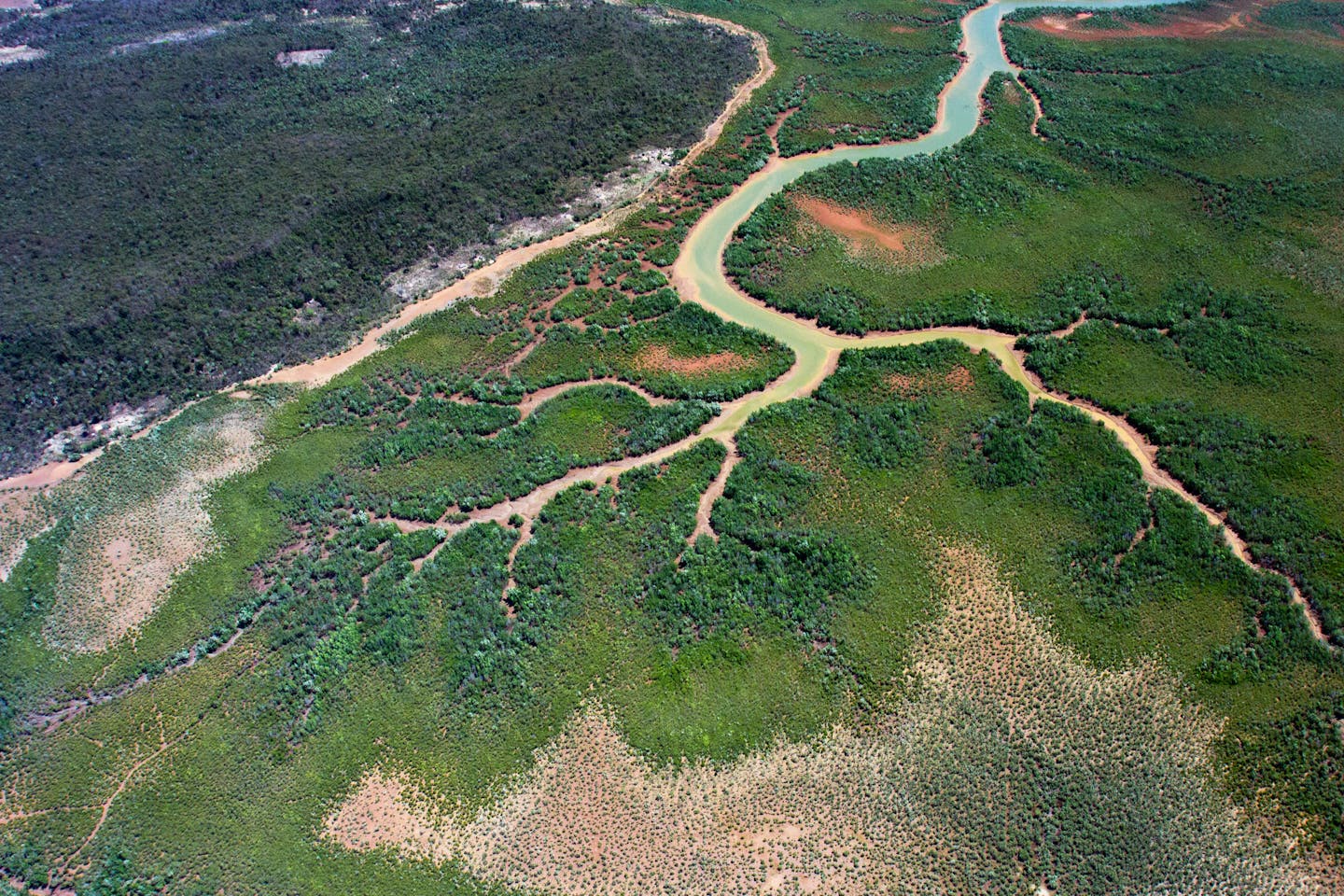Blue Forests: protecting mangroves with coastal communities
- Nature Conservation
- Ecosystem Restoration
- Wetlands
- Mangroves
- Water Stewardship
- Community Action
- Madagascar & East African Coast
- Afrotropics Realm
Mangrove forests sustain the daily lives of hundreds of millions of coastal people across the tropics, providing them with critical services from timber and fuel to shrimp, crab and fish. They underpin wider offshore fisheries, stop coastal erosion and improve water quality. Without them, coral reefs, seagrass meadows and the broader marine ecosystem cannot thrive.
And that’s not all. Mangroves act as natural storm barriers, saving lives and protecting infrastructure against extreme weather and rising seas. They also capture and store staggering amounts of atmospheric carbon. By protecting and restoring mangroves, we can keep this “blue carbon” locked away and help achieve the large-scale carbon drawdown needed to limit global warming to 1.5°C.
Yet despite their enormous value, at least one quarter of the world’s original mangrove cover has already been deforested, and the rate of this decline is forecast to increase.
What is driving mangrove deforestation?
The drivers of this mangrove loss are complex and interconnected. Many people who depend on mangroves live in conditions of extreme poverty with few viable alternatives to mangrove fishing and charcoal or timber production. People often have no choice but to use mangroves unsustainably, and many communities don’t have the access rights to stop clearance of their local mangroves by outside developers, such a commercial aquaculture or coastal development projects.

Underwater view of mangroves. Image credit: Courtesy of Garth Cripps, Blue Ventures
Continued loss of mangroves and their many benefits will have devastating economic, social and environmental impacts, worsening food insecurity, impoverishing communities and biodiversity, and heightening the vulnerability of communities already living on the front lines of climate breakdown. A solution is urgently needed that provides a viable pathway to protecting mangroves at scale.
Blue Ventures' Tahiry Honko project
Over the last 15 years, Blue Ventures has been innovating ways for coastal communities to both safeguard mangroves and earn a better living from them. Our Blue Forests approach secures mangrove rights, builds strong governance, improves mangrove fisheries and forestry management, and establishes initiatives for alternative livelihoods. This lays the foundation for projects that can monetise the value of blue carbon in order to finance community-led conservation and restoration of mangroves.
We piloted this Blue Forests approach in the Velondriake Locally Managed Marine Area (LMMA) of southwest Madagascar, resulting in the formation of the world’s largest community-led mangrove carbon conservation project. Called Tahiry Honko, which means ‘preserving mangroves’ in the local Vezo dialect, this project promotes locally led conservation, reforestation and sustainable use of over 1,200 hectares of mangroves, avoiding emissions of over 1,300 tonnes of carbon per year, the equivalent of around 3.5 million annual passenger car miles.
The Blue Forests approach to support community conservation
In October this year, the value of these avoided emissions was validated by the Plan Vivo Standard, enabling the Tahiry Honko project to sell verified blue carbon credits, which will provide a regular income to support community conservation efforts within Velondriake over the next twenty years. The funds will also help finance community development including the construction of vital infrastructure and boosting local access to healthcare and education.
Tahiry Honko is a landmark in mangrove protection, a scalable natural climate solution that delivers meaningful benefits to coastal communities. Leveraging the scientific foundations and lessons learned from Tahiry Honko, Blue Ventures is now supporting communities and partner organisations with the Blue Forests approach at priority mangrove conservation sites elsewhere in Madagascar and further afield.
Watch Alasdair's TED Talk to learn more.


